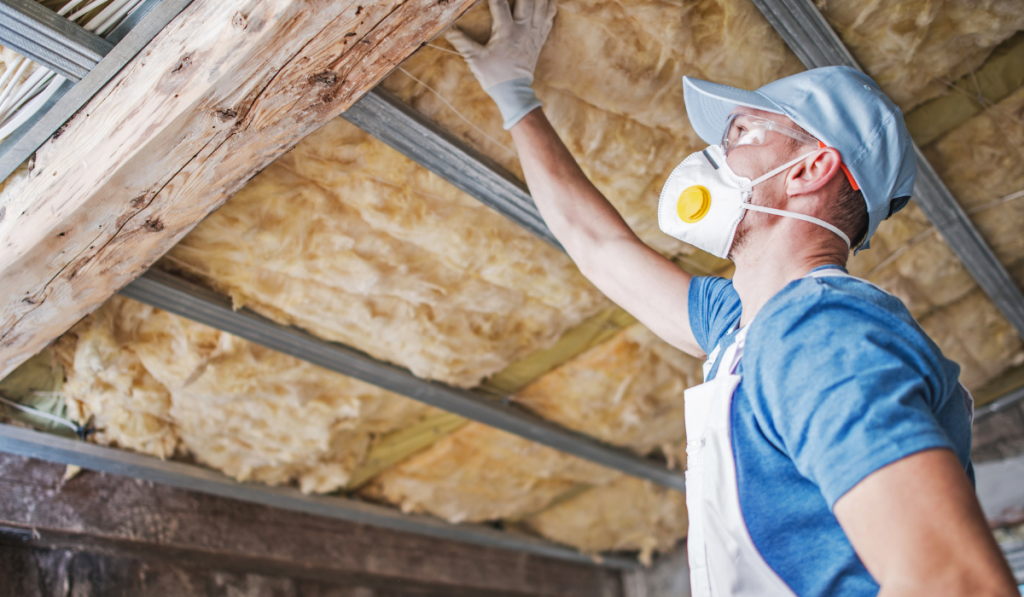Having the right roof insulation is one of the best ways you can keep your home cool in summer and warm in winter. But which insulation option is best for you? If you’re unsure, read this article to find out the top options to consider.
Why should you insulate your roof?
Insulating your home could be what makes all the difference between savings and spending more on room air conditioning in summer and heating in winter. Did you know that around a quarter of heat is lost through the roof in an uninsulated home? That’s why insulating the roof of your residential home or commercial building is an effective way to reduce heat loss and reduce your heating bills. When installed correctly, your roof insulation should pay for itself many times in its 40-year lifetime. Additionally, proper insulation also prevents permanent damage and mould growth caused by frequent rainfall during the wet season in Queensland.
How to pick the best insulation for your roof
Before you decide which insulation option is best for your home, it’s important to consider its R-value. This R-value is often found on the product packaging and represents the measurement of resistance to heat flow. In simple terms, the higher the R-value, the better the insulation is at reducing energy loss.
The best roof insulation options
1) Batt insulation
Batt insulation is one of the most popular forms of roof insulation around the world. As the name suggests, batt insulation consists of flat sheets of insulation made up of fibreglass or cellulose. This type of insulation is very convenient as it can be easily installed and is relatively cheap. It also doesn’t suffer from attic condensation or moisture problems compared to other types of insulation.
Fibreglass insulation comes in the form of batt blankets, blown-in or loose-fill. It is produced and cut in advance to fit the standard ceiling joists and rafters. Fibreglass insulation resists moisture, making them a perfect option for homes located in humid climates. Additionally, it is completely fire-resistant, so you won’t have to worry about your roof insulation causing accidents to your home.
Cellulose insulation is made of paper or recycled newspaper, so it doesn’t pose any health concerns and is environmentally friendly. On the other hand, it is flammable and difficult to extinguish. We normally recommend cellulose insulation in really cold climates because it retains its R-value over time in extreme temperatures.
2) Spray foam insulation
Spray foam is a common insulation used across Australia. This foam can be installed quickly because it expands through the walls, ceilings and floors without any damage, blocking any holes. It is a spray-applied plastic that is known to be highly effective in sealing cracks and resisting wind and heat. When you apply it to the underside of your roof deck and directly onto the slates and tiles, it bonds them together to prevent unwanted moisture, wind, heat and cool air from seeping in.
3) Insulation boards
Insulation boards are like quilted blankets, but for your roof. They are made of paper or, more recently, foamed polystyrene that is guaranteed to stop any leaks from occurring. They come in different sizes and shapes depending on the surface of the roof you are covering. They resist moisture and do not rot or decay, thus providing a long-term solution for insulation. However, the high cost of the material limits its use in commercial applications.
In conclusion, when it comes to insulation, you should always apply the most effective solution for your roof. In Queensland hot summers are one thing but an average winter is another thing entirely, and keeping your home at a livable temperature can be more than a challenge. That’s why it is important to always rely on professionals to receive the best advice!

